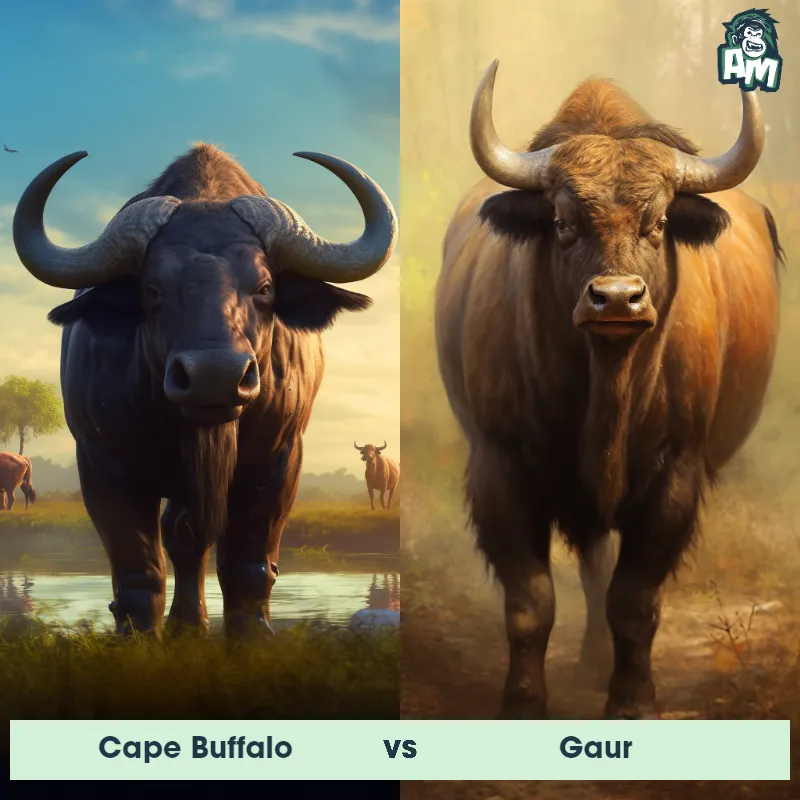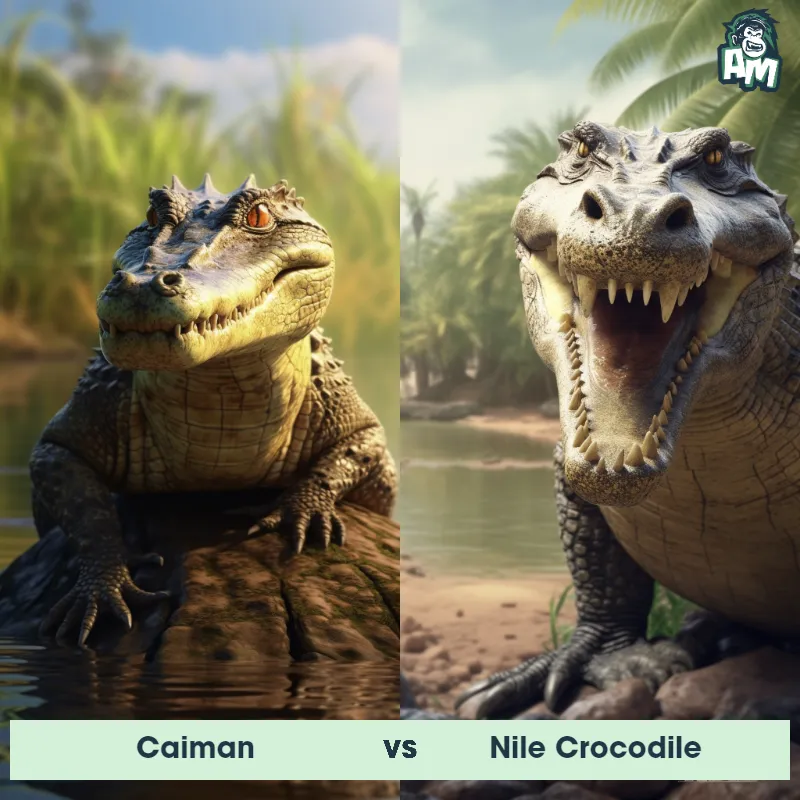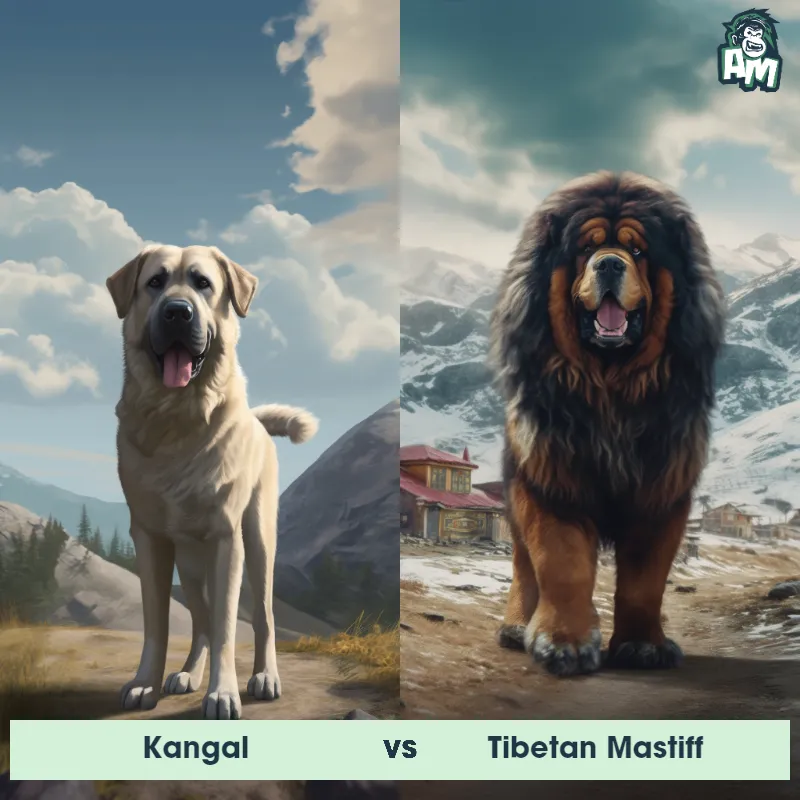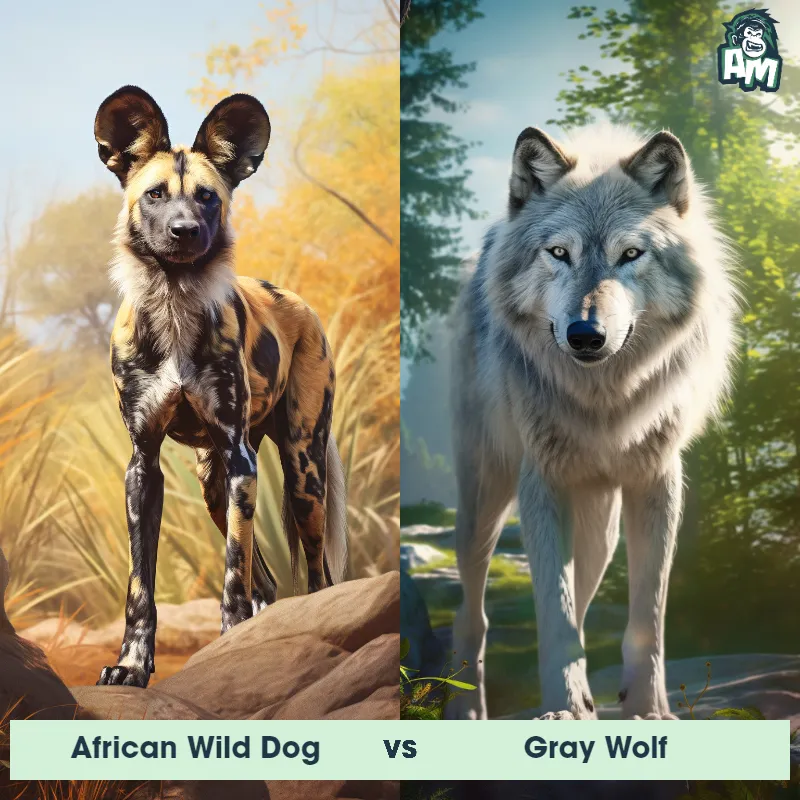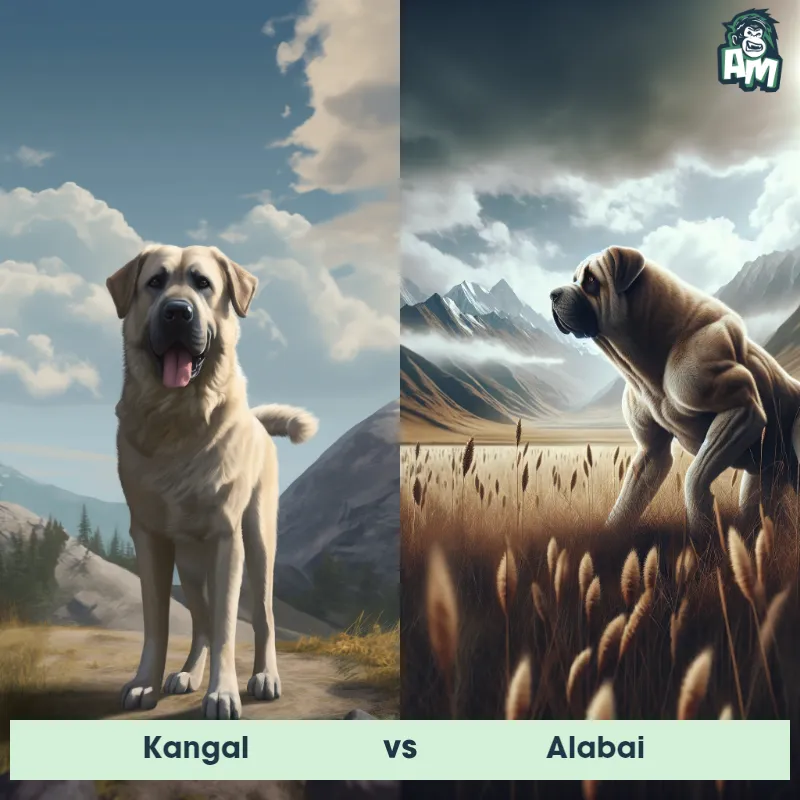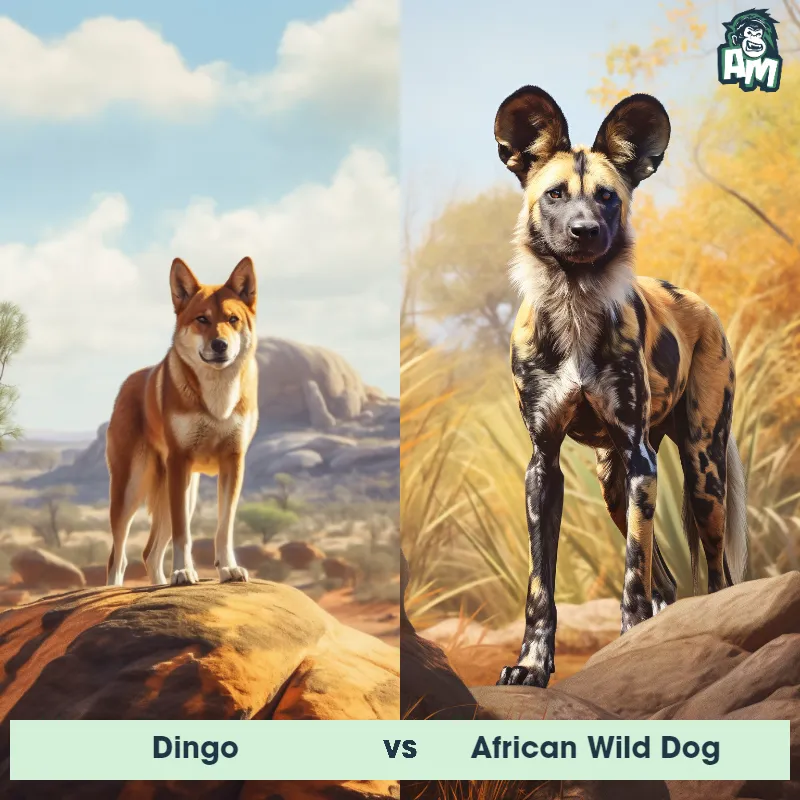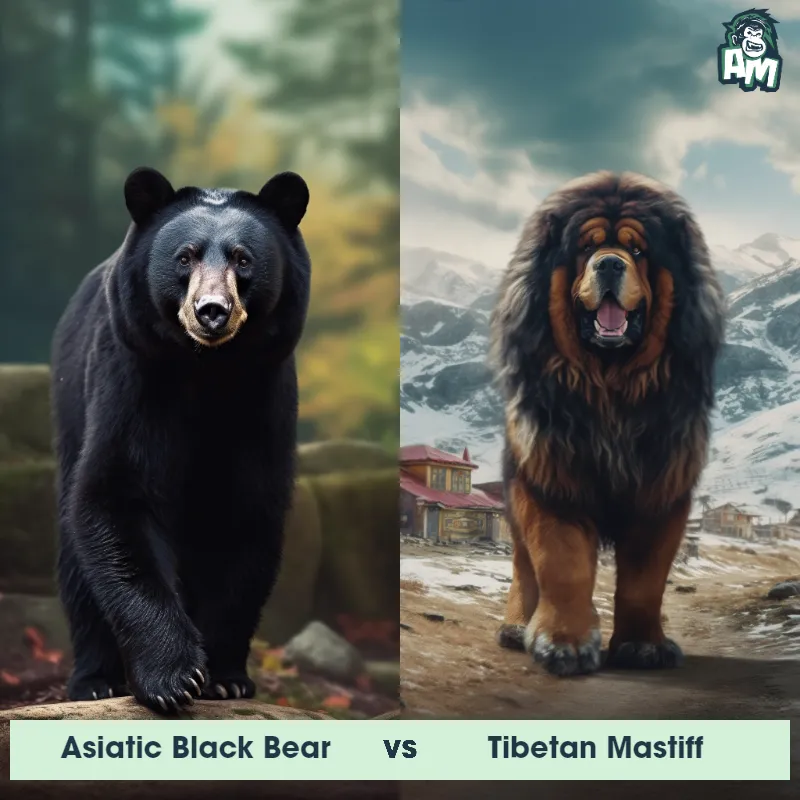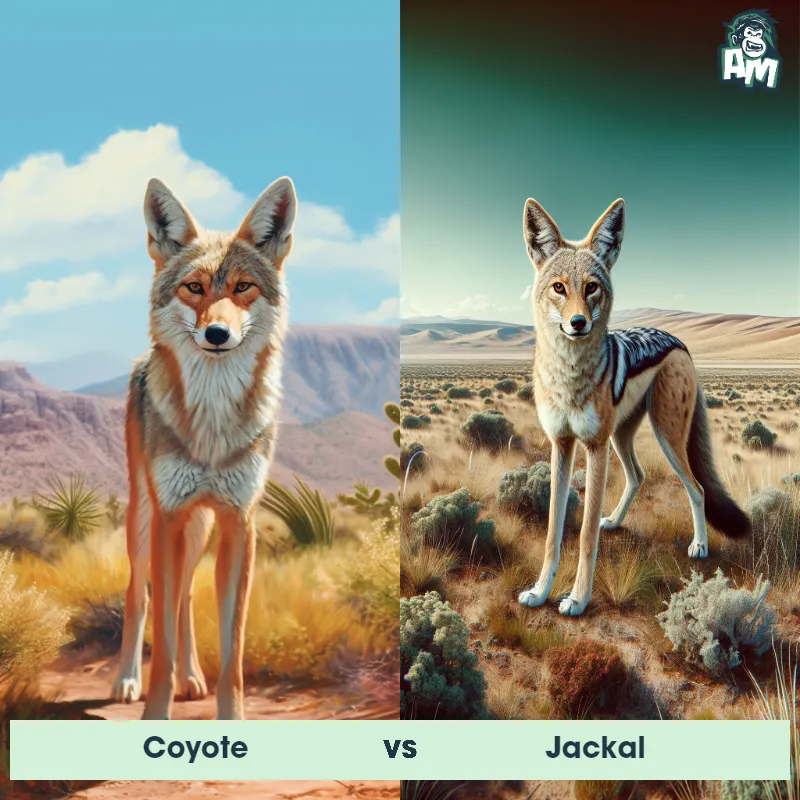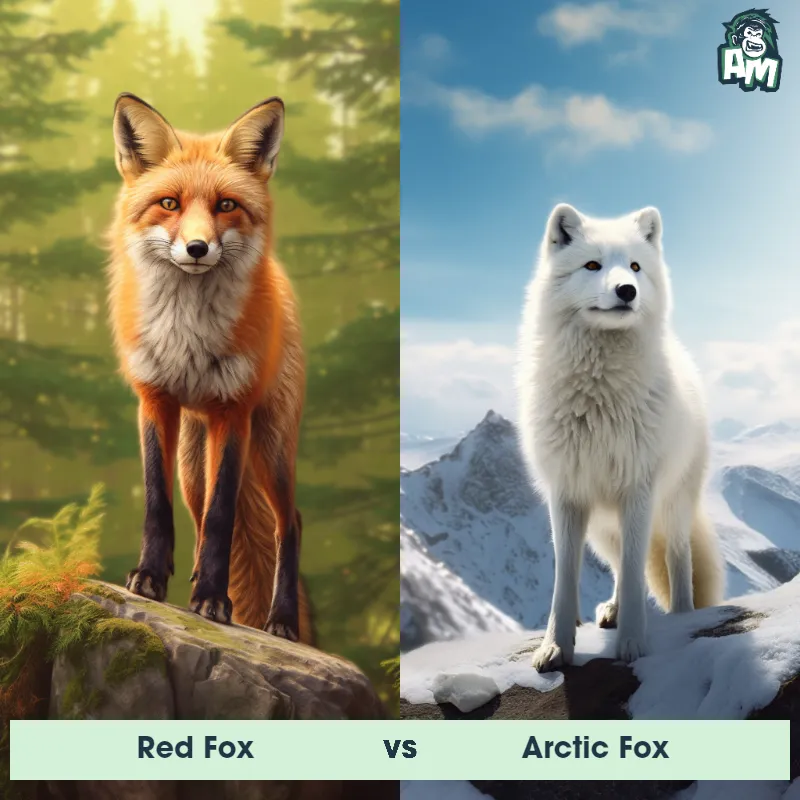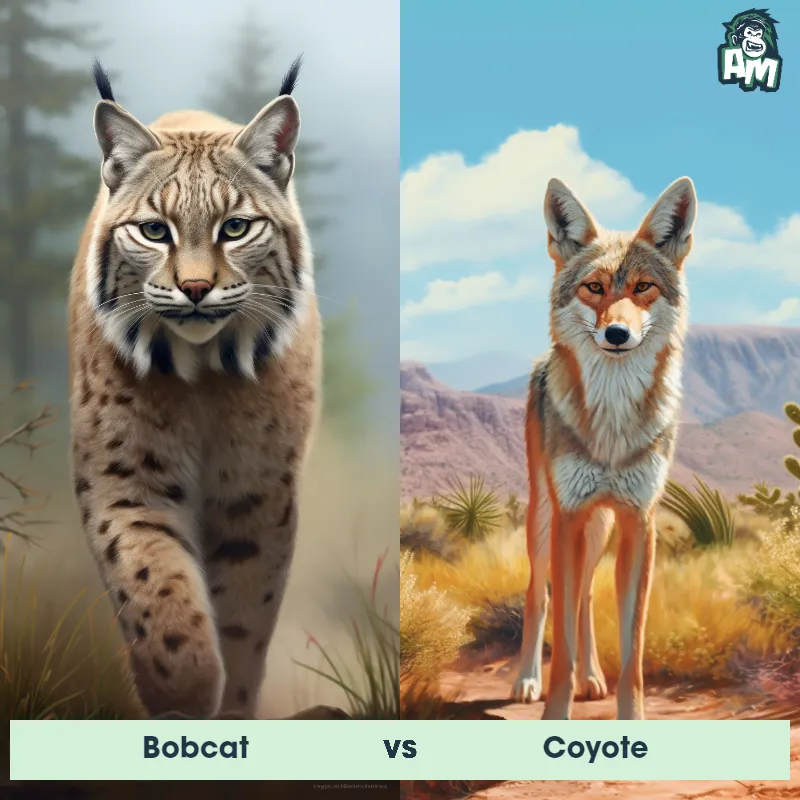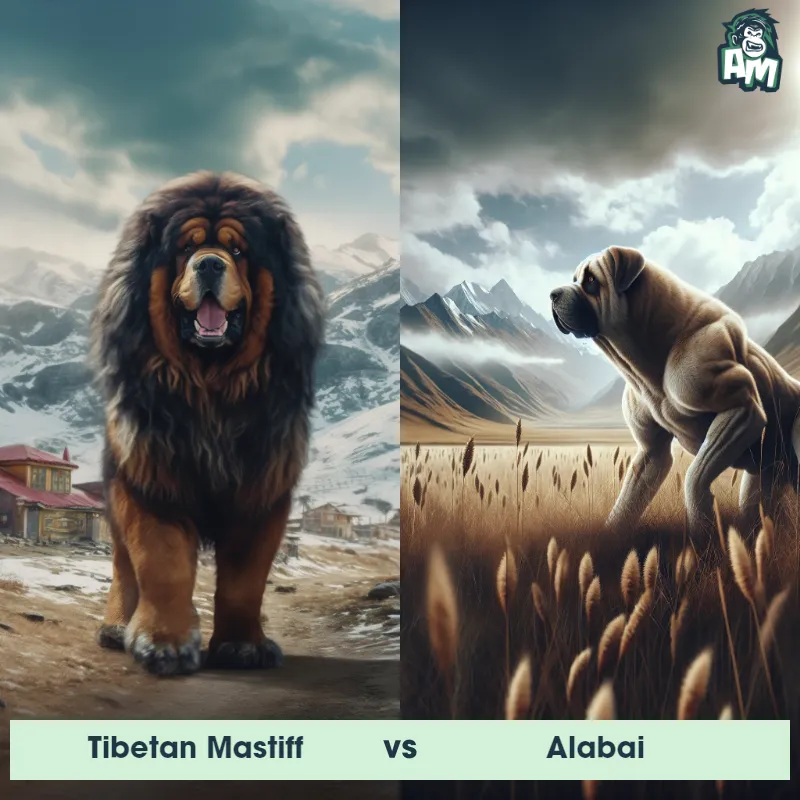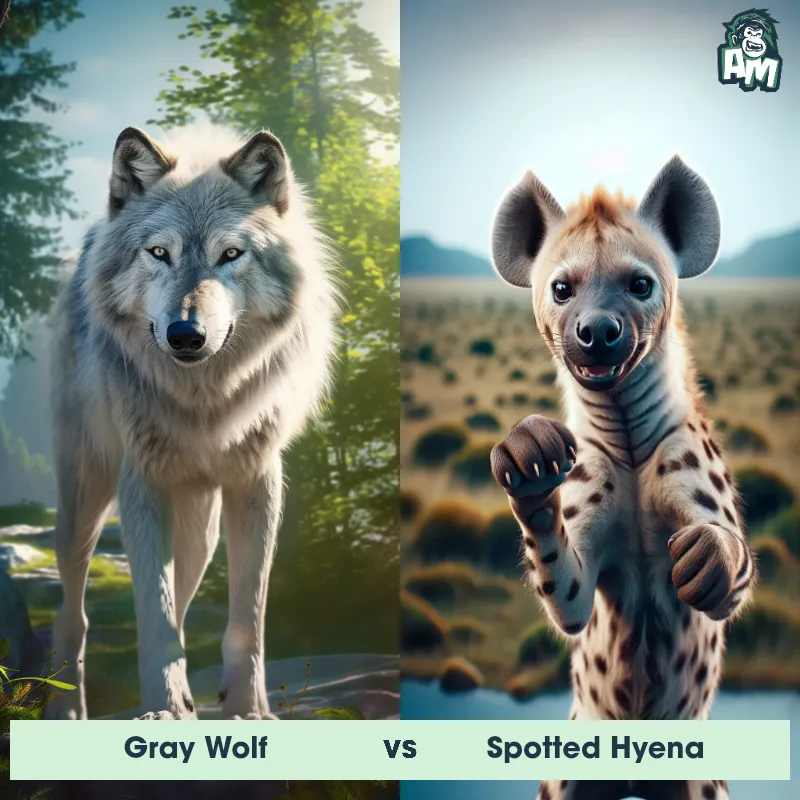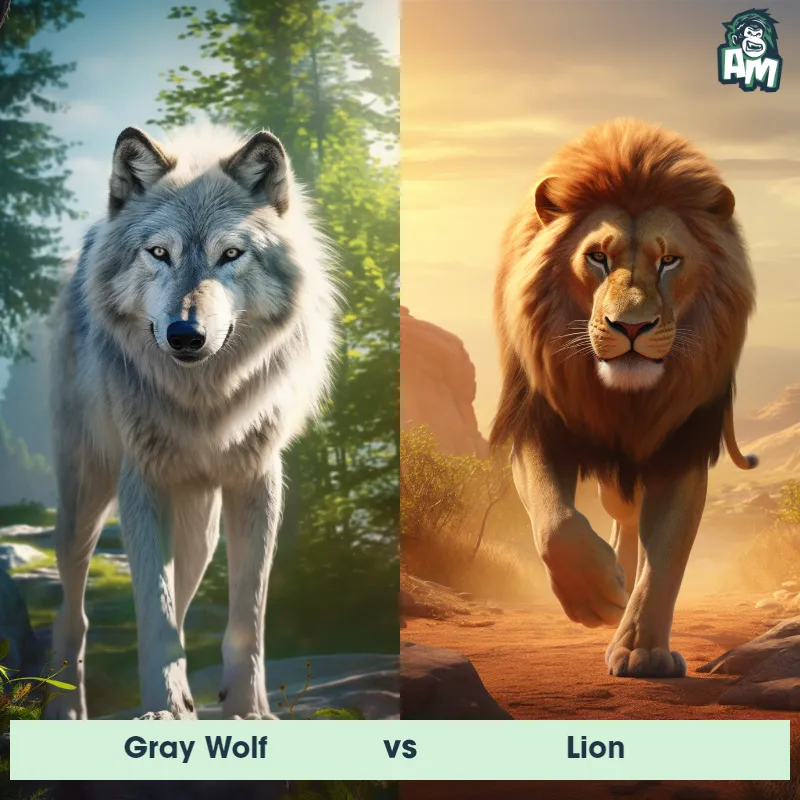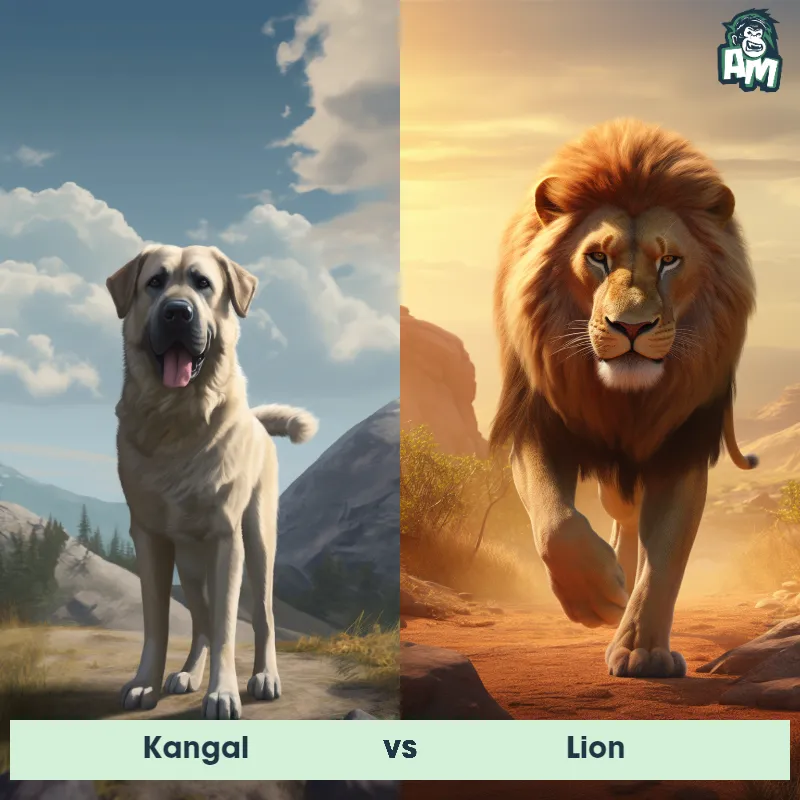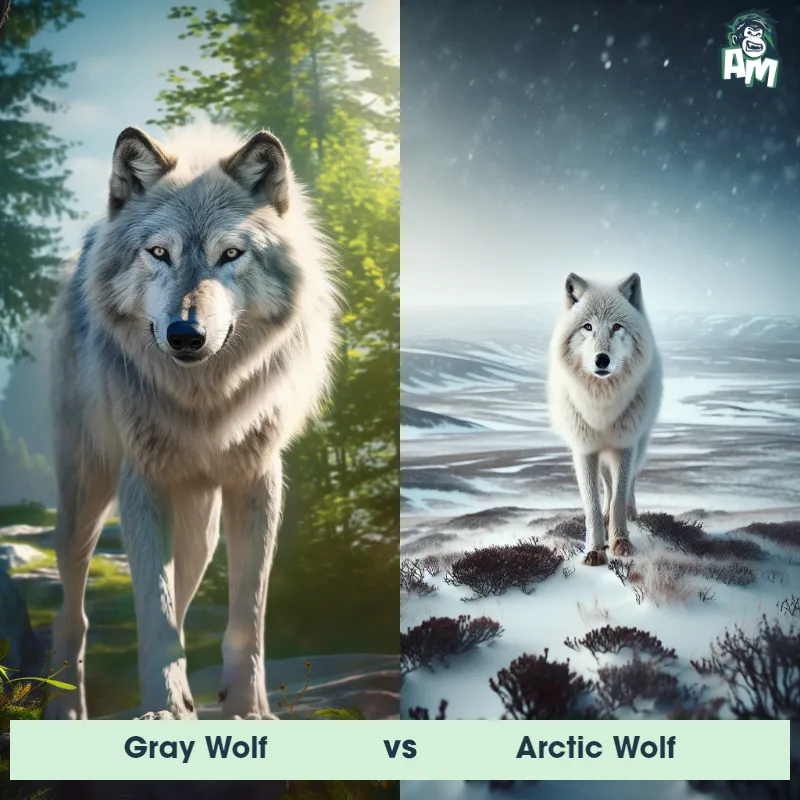Dingo vs Gray WolfSee Who Wins

Welcome, everyone, to this highly anticipated three-round showdown between two formidable canines: the cunning Dingo and the powerful Gray Wolf! We're about to witness an incredible clash of strength, intelligence, and strategy as these two competitors face off in a battle for supremacy.
Contender 1: Dingo
The Dingo, also known as the Australian Native Dog, is a wild canine that is native to Australia. They have a lean and muscular build, with a short, thick coat that can range in color from sandy yellow to red. Dingoes have a distinctive howl and are known for their intelligence and adaptability, as they can survive in a variety of habitats, from deserts to forests.
Fun Fact: Dingoes are one of the few species of dog that can rotate their heads almost 180 degrees in either direction, allowing them to keep a close eye on their surroundings.
Contender 2: Gray Wolf
The Gray Wolf, also known as the timber wolf, is a large canine species found in North America, Eurasia, and parts of Africa. They have a thick, grayish-brown fur coat, a bushy tail, and a strong, muscular build. Gray wolves are highly social animals that live in packs, with a dominant alpha male and female leading the group. They are skilled hunters and can take down prey much larger than themselves, such as elk and bison.
Fun Fact: Gray wolves have a complex communication system that includes howling, growling, and body language, allowing them to communicate with each other over long distances.
Matchup Stats
| Dingo | Gray Wolf | |
|---|---|---|
| Size | 20-24 inches (50-60 cm) at the shoulder | 2-3 feet (0.6-0.9 meters) at the shoulder |
| Weight | 22-44 pounds (10-20 kg) | 70-110 pounds (32-50 kilograms) |
| Speed | Speed: 40 mph (60km/hr) | Speed: 40 mph (64.37 km/hr) |
| Key Strength | Speed and agility | Powerful jaws and sharp teeth |
| Biggest Weakness | Lack of endurance | Vulnerable to attacks on the neck and throat |
Current Votes
Dingo vs Gray Wolf
See Who Wins
View More Matches
Looking For More?
Similar Matches
Scientific Stats
| Dingo | Gray Wolf | |
|---|---|---|
| Scientific Name | Canis lupus dingo | Canis lupus |
| Family | Canidae | Canidae |
| Habitat | Varied, including deserts and forests | Forests, grasslands, tundra, and deserts |
| Geography | Australia | North America, Eurasia, and parts of Africa |
| Diet | Opportunistic carnivores, eating small mammals, birds, and reptiles | Carnivorous, primarily feeding on large ungulates such as elk and bison |
| Lifespan | 5 years - 10 years | 6 years - 13 years |
Key Differences between Dingo and Gray Wolf
- Head shape: Dingoes have a more pointed snout and a flatter forehead compared to the Gray Wolf's broader snout and more rounded forehead.
- Size: Dingoes are generally smaller than Gray Wolves, with an average weight of 22-33 pounds compared to the Gray Wolf's average weight of 70-100 pounds.
- Habitat: Dingoes are found primarily in Australia, while Gray Wolves are found in North America, Europe, and Asia.
- Coat color: Dingoes typically have a sandy or reddish-brown coat, while Gray Wolves can have a range of colors including gray, black, and white.
- Ears: Dingoes have larger, more pointed ears than Gray Wolves.
- Tail: Dingoes have a bushier tail that curls upward, while Gray Wolves have a straighter, less bushy tail.





